
Guanacaste has a large variety of landscapes: from dry forests and beaches, to volcanic peaks and underground caverns. A good part of them are within national parks, which not only offer a host of adventures but also uphold a commitment to conservation of ecosystems.
What’s special about each one and what information should you have in order to visit them? We’ll tell you in this list of six national parks.
Santa Rosa National Park
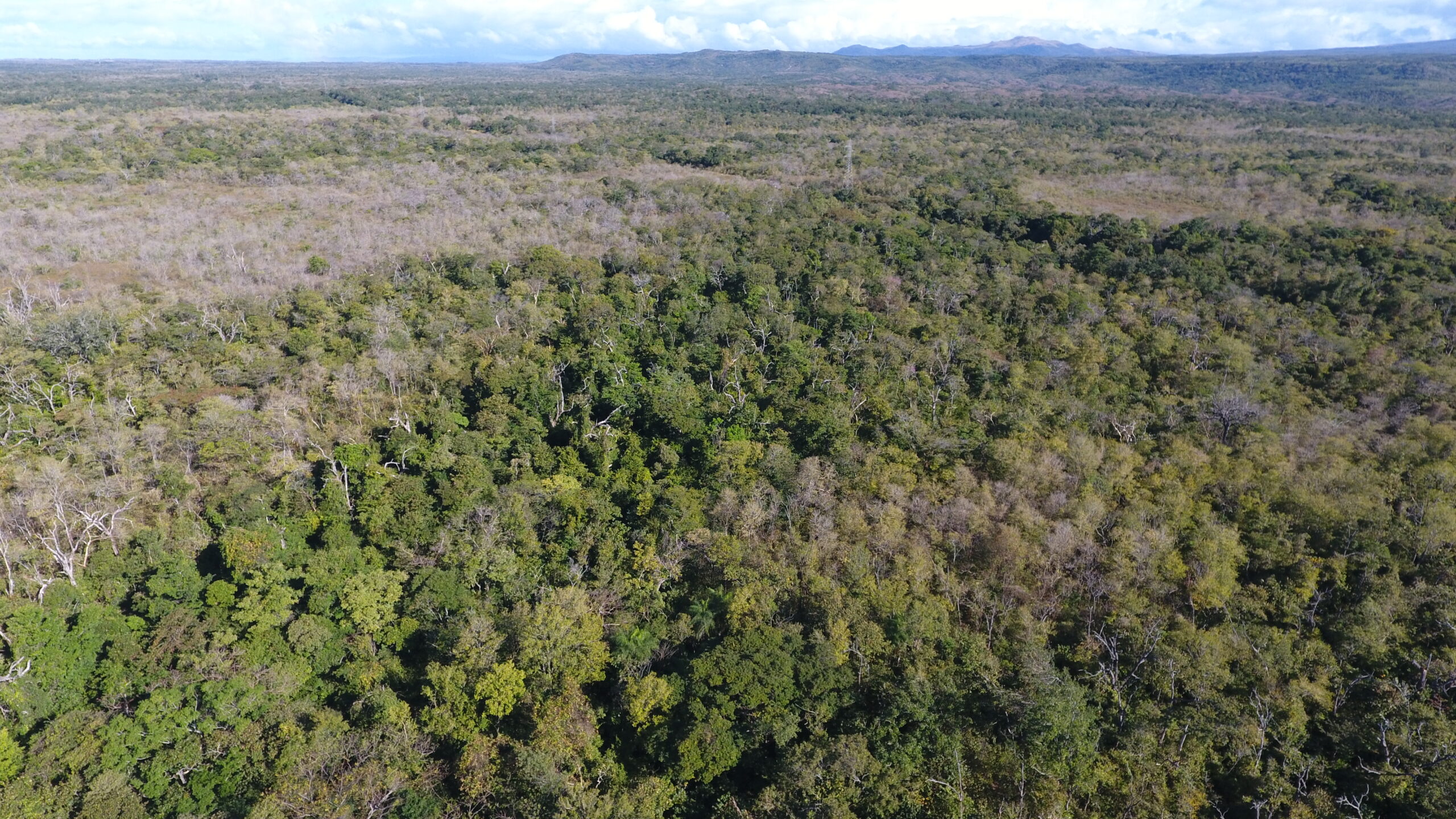
Aerial view of Santa Rosa National ParkPhoto: ACG
Why visit?
Santa Rosa National Park combines nature and historical heritage.
It was inaugurated in 1971 and marked the beginning of the national system of national parks in Costa Rica. Its creation paved the way for the subsequent creation of the Guanacaste Conservation Area, in 1986.
That year, Dr. Daniel Janzen and his wife Winnie Hallawchs presented a proposal to expand the Santa Rosa National Park, encompassing a larger area of dry forest and establishing connections with nearby ecosystems: marine, rain, and cloud forests.
At La Casona de Santa Rosa (the Santa Rosa Mansion), a historical monument, you’ll be immersed in the history of the Battle of Santa Rosa in 1856, in which Costa Rica intervened against an American filibuster army under the command of William Walker due to the invasion from Nicaragua.
The national park is home to approximately 335,000 species of land organisms, which represents 2.6% of the world’s biodiversity.
How to get there?
Head about 35 kilometers (about 22 miles) northwest of Liberia, in the direction of La Cruz, on Route 1.
You can take a private car or look into public transportation options from Liberia to Santa Rosa, and then walk about 1.5 kilometers (0.9 miles) to the park’s main entrance.
Hours and rates
Open Wednesday through Monday, from 8 a.m. to 3:30 p.m., with the option to extend the hours until 5 p.m. during seasons of high visitation.
We recommend that you check the updated hours and make reservations for your visit before going to the park and museum.
Entrance to the park:
- Adult citizens and residents: ¢1,243
- Child citizens and residents: ¢565
- Student: ¢565
- Adult non-residents: $16.95
- Child non-residents: $5.65
Additional fee for camping: $4
Rincon de la Vieja National Park

Credit: Ariana CrespoPhoto: Archive
Why visit?
Rincón de la Vieja National Park is a natural laboratory due to its active volcano and its geothermal activity. The only active volcano in the Guanacaste Mountain Range is located here.
With fumaroles (hydrothermal vents), hot springs, and a working geothermal project, the park offers a unique opportunity to explore geological phenomena and better understand volcanic activity and geothermal resources.
By entering this ecosystem, you’ll be able to witness the emission of volcanic gases up close. This combination of volcanic activity and a geothermal project makes this park a perfect place for those who are passionate about earth science.
How to get there?
The park is located approximately 25 km (about 15 miles) northeast of the city of Liberia, heading toward La Cruz. Then take Route 164 east, following the signs that point the way to the park.
Hours and rates
Open Thursday through Monday from 8 a.m. to 3:30 p.m.
- Adult citizens and residents: ¢1,130
- Child citizens and residents: ¢565
- Student: ¢565
- Adult non-residents: $16.95
- Child non-residents: $5.65
*As of August 1, 2023, those who wish to visit this site must purchase their tickets through SINAC’s Online Sales and Reservation System.
Palo Verde National Park:
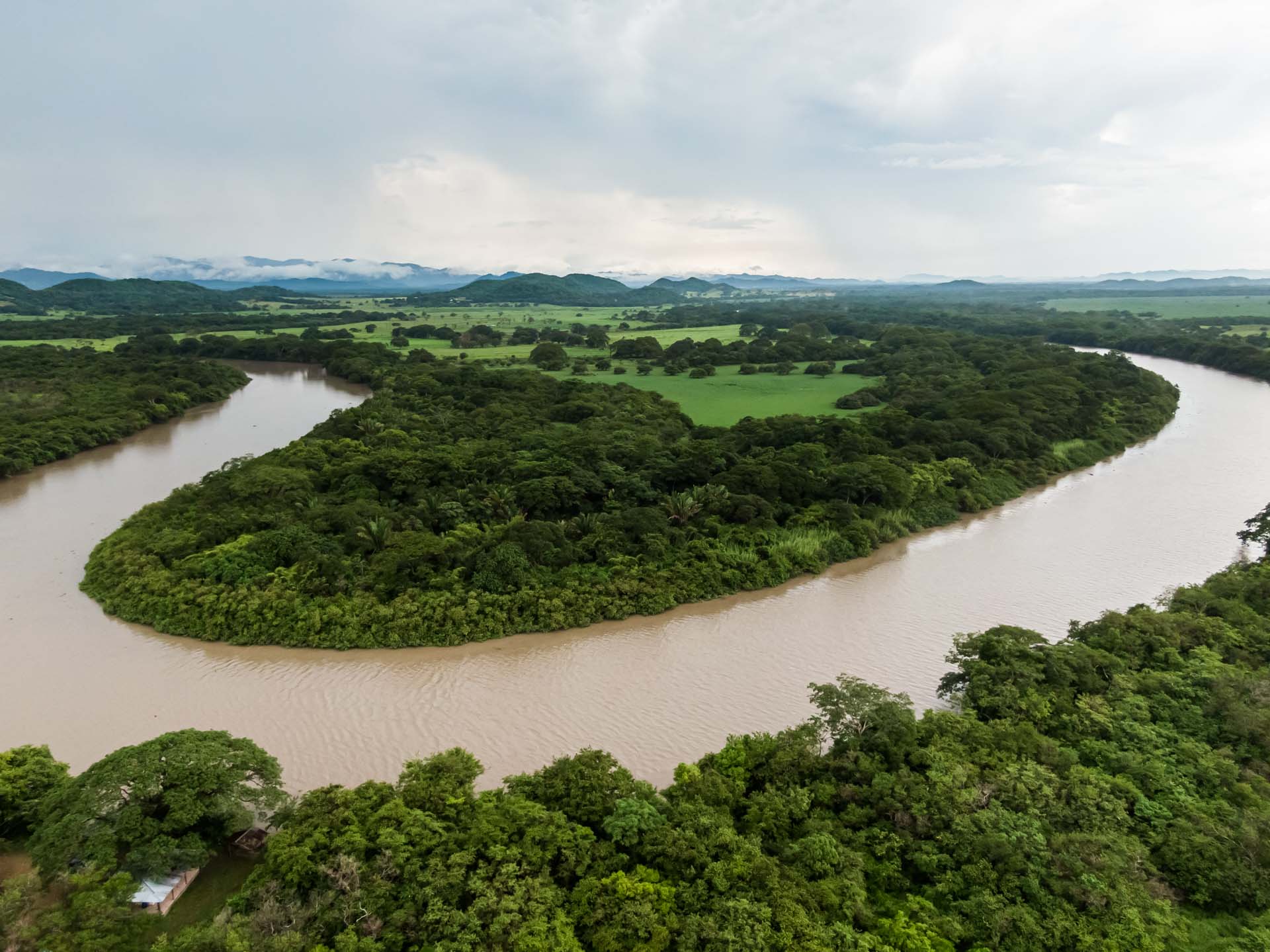
Beautiful aerial view of the Tempisque River in Palo Verde Nacional Park.Photo: Gianfranco Vivi / Shutterstock
Why visit?
Palo Verde National Park is a must-see destination for those who wish to immerse themselves in Costa Rica’s wetlands and aquatic ecosystems. It is considered one of the most important wetlands in the Pacific region of Central America and is a refuge for more than 60 species of aquatic birds, both migratory and resident, such as herons, storks, ducks, ibis and many others. People who love birdwatching will enjoy a unique experience by being able to spot an ample diversity of birds in one place.
How to get there?
In Bagaces, head south for about 20 km (about 12.4 miles) until you reach the park entrance. From the entrance, it’s another 10 km (6 miles) to the administrative center located in the old Palo Verde Hacienda.
Hours and rates
Every day from 8 a.m. to 4 p.m.
- Adult citizens and residents: ¢1,130
- Child citizens and residents: ¢565
- Student: ¢565
- Adult non-residents: $13.56
- Child non-residents: $5.65
Las Baulas National Marine Park
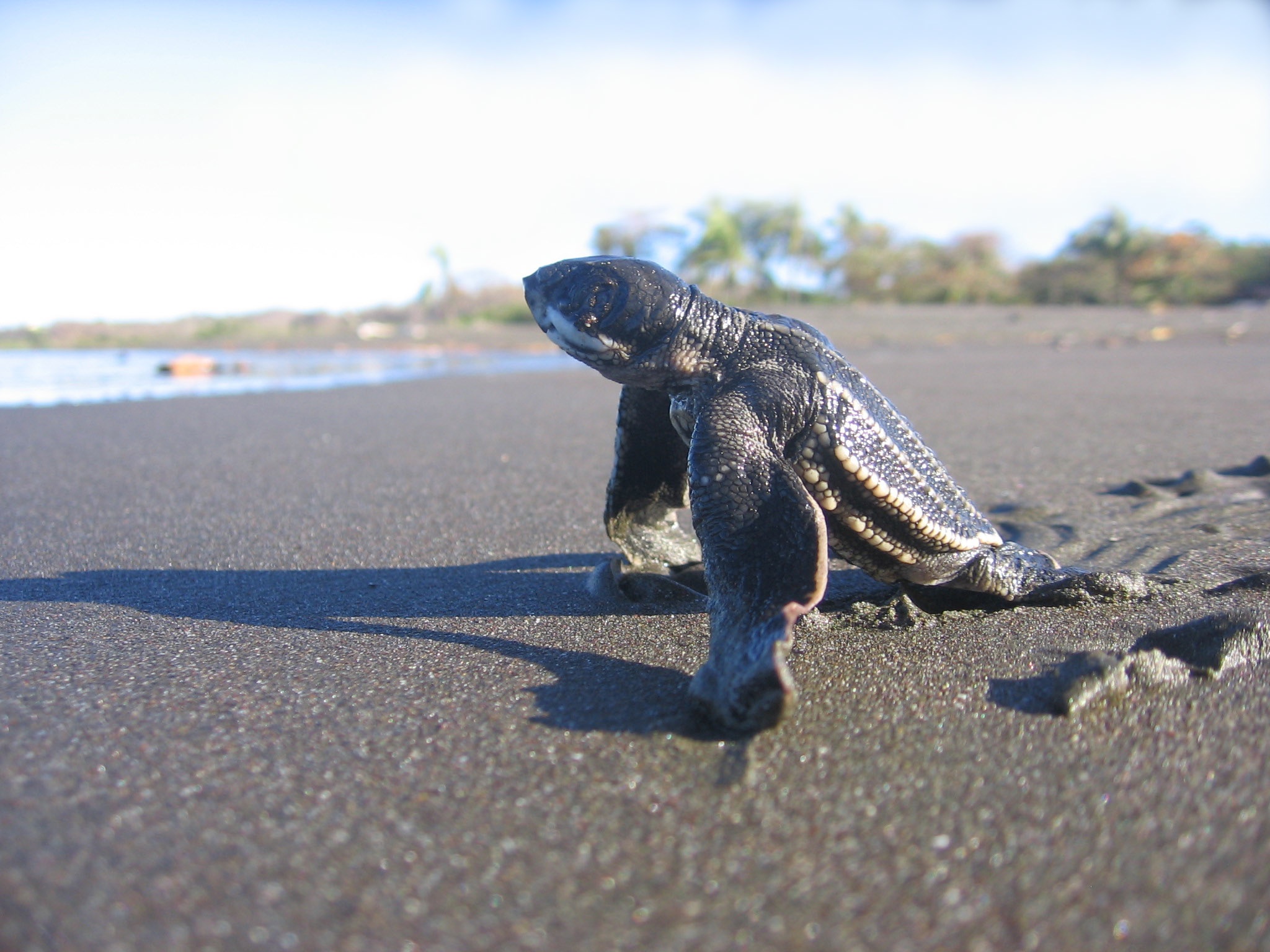
In Costa Rica, the highest concentration of leatherback turtles is found in this park.Photo: Rolando Parra Reyes
Why visit?
Fifty percent of the nesting turtles of the eastern Pacific nest on the 6 kilometers (almost 4 miles) of beach in Las Baulas National Park, while the rest do so in Mexico.
The park acts as a vital sanctuary for leatherback turtles, which is the largest species of sea turtle in the world. Two other species of turtles also come to this site: Olive ridleys and black sea turtles.
How to get there?
You can get to the national park by two main routes:
- From the community of Tamarindo, in Santa Cruz, taking the route toward Playa Grande.
- From the intersection in Belén de Carrillo, taking the route to Huacas. Once in Huacas, you have to drive an additional 9 km (5.5 miles) to reach the park.
Depending on your starting point, you can find public transportation options that will take you directly to the park entrance or to nearby locations.
Hours and rates
Open to the public every day of the year from 8 a.m. to 4 p.m., except for the turtle spawning season (October-March) when visitors are allowed to stay on the beach until 6 p.m.
Admission is free.
Barra Honda National Park
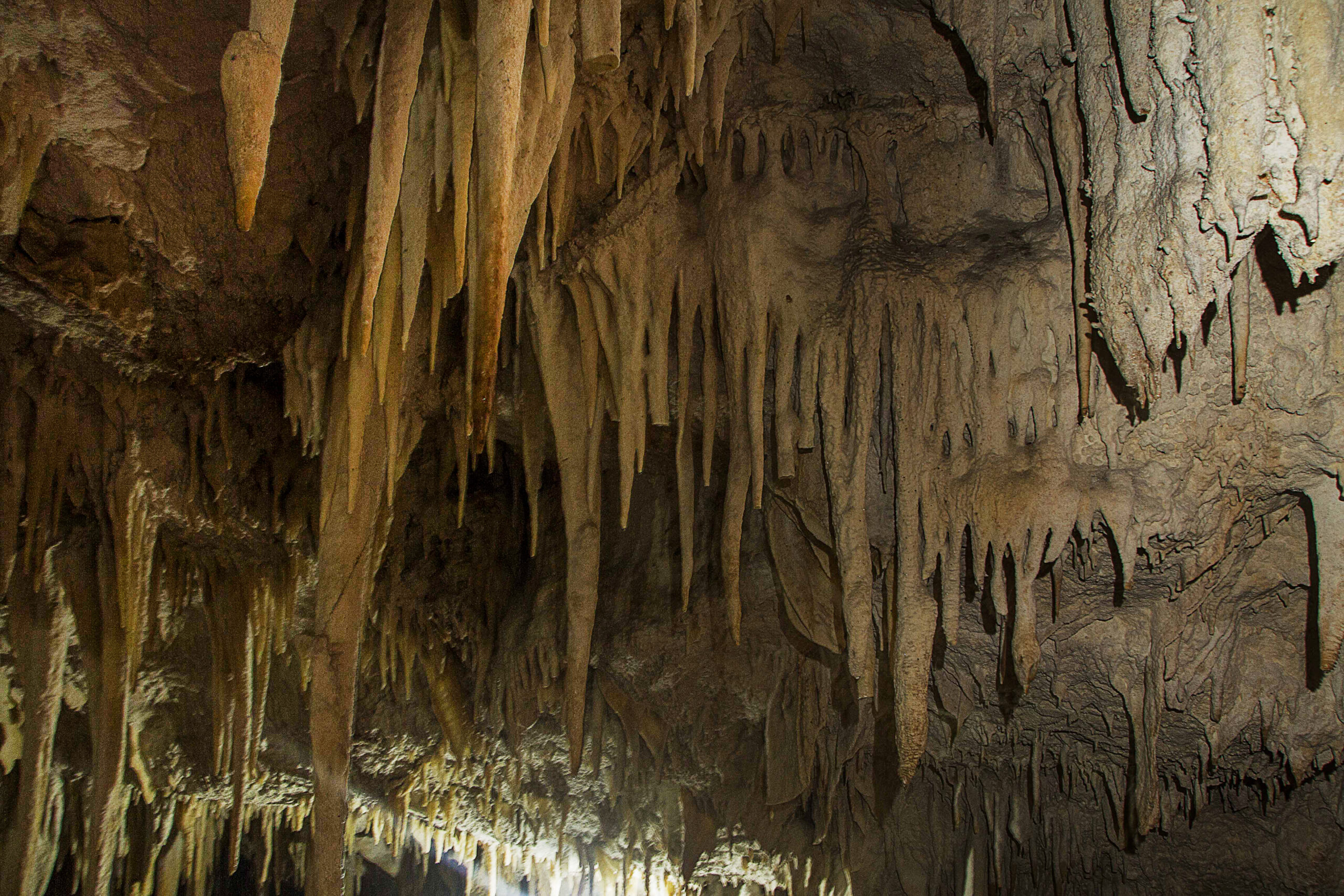
Stalactites in one of the Barra Honda caves.Photo: Ariana Crespo.
Why visit?
Barra Honda National Park is a place where exploration goes beyond the surface. In total, scientists and speleologists have studied approximately 19 caves in this park, which have formations such as stalactites and stalagmites.
Stalactites are spiky columns that hang down from the ceiling of caverns, formed by the slow dripping of mineralized water that leaves sediments as it travels downward. On the other hand, stalagmites are columns that grow up from the floor of the caves, created by mineralized water that falls to the ground and leaves accumulated sediments.
Although they have only explored 19, in total, there are at least 36 underground caves that were formed millions of years ago when this area was part of the ocean. However, visitors only have access to one of them.
How to get there?
You can choose between two different routes:
Through La Irma, following the Inter-American Highway to the Friendship Bridge (Puente de la Amistad), then continuing towards Barra Honda until you reach the park.
Another option is via Liberia-Nicoya-Santa Ana, taking the road to the east at the traffic lights at the entrance of Nicoya, in the direction of the community of Santa Ana, for about 16 km (10 miles).
There is also a bus service from Nicoya to Barra Honda.
Hours and rates
Normal visit: daily from 8 a.m. to 4 p.m.
Cave tours: 8:30 a.m. 10:30 a.m. and 12:30 p.m.; make a reservation in advance with the association of local guides at 8539-1010.
- Adult citizens and residents: ¢1,130
- Child citizens and residents: ¢565
- Adult non-residents: $13.56
- Child non-residents: $5.65
Tenorio Volcano National Park
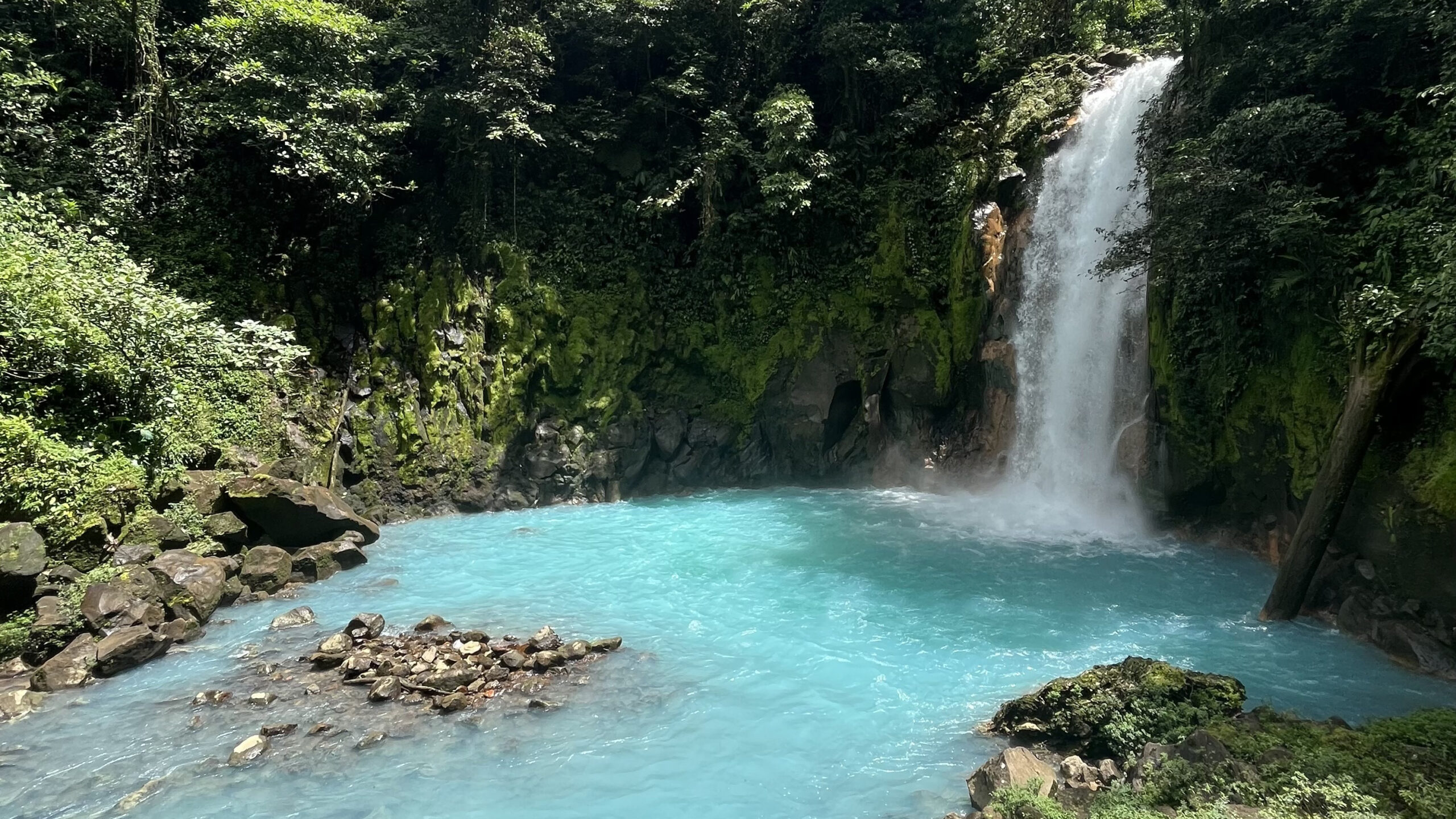
Celeste river waterfallPhoto: Rubén F. Román.
Why visit?
Tenorio Volcano National Park is located in the Arenal-Tempisque Conservation Area (ACAT), which includes parts of the provinces of Guanacaste and Alajuela. The ACAT has 57.61% of all of Costa Rica’s fauna.
The park is also home to the famous Celeste River, whose waters take on a deep turquoise hue due to the interaction of minerals in the water. The phenomenon is a visual marvel that will take your breath away.
How to get there?
To get there by car, take the Inter-American highway north until you reach Cañas.
About 10 km (6 miles) after passing Cañas, turn right towards Bijagua. When you’re in the community of Bijagua, right in front of the sawmill, turn off to the east for 9 kilometers (about 5.6 miles).
Hours and rates
The hours of admission to the park are from 8 a.m. to 2 p.m. every day, allowing visitors to stay there until 4 p.m.
- Adult citizens residents: ¢904
- Child citizens and residents: ¢565
- Students: ¢565
- Adult non-residents: $13.56
- Child non-residents: $5.65


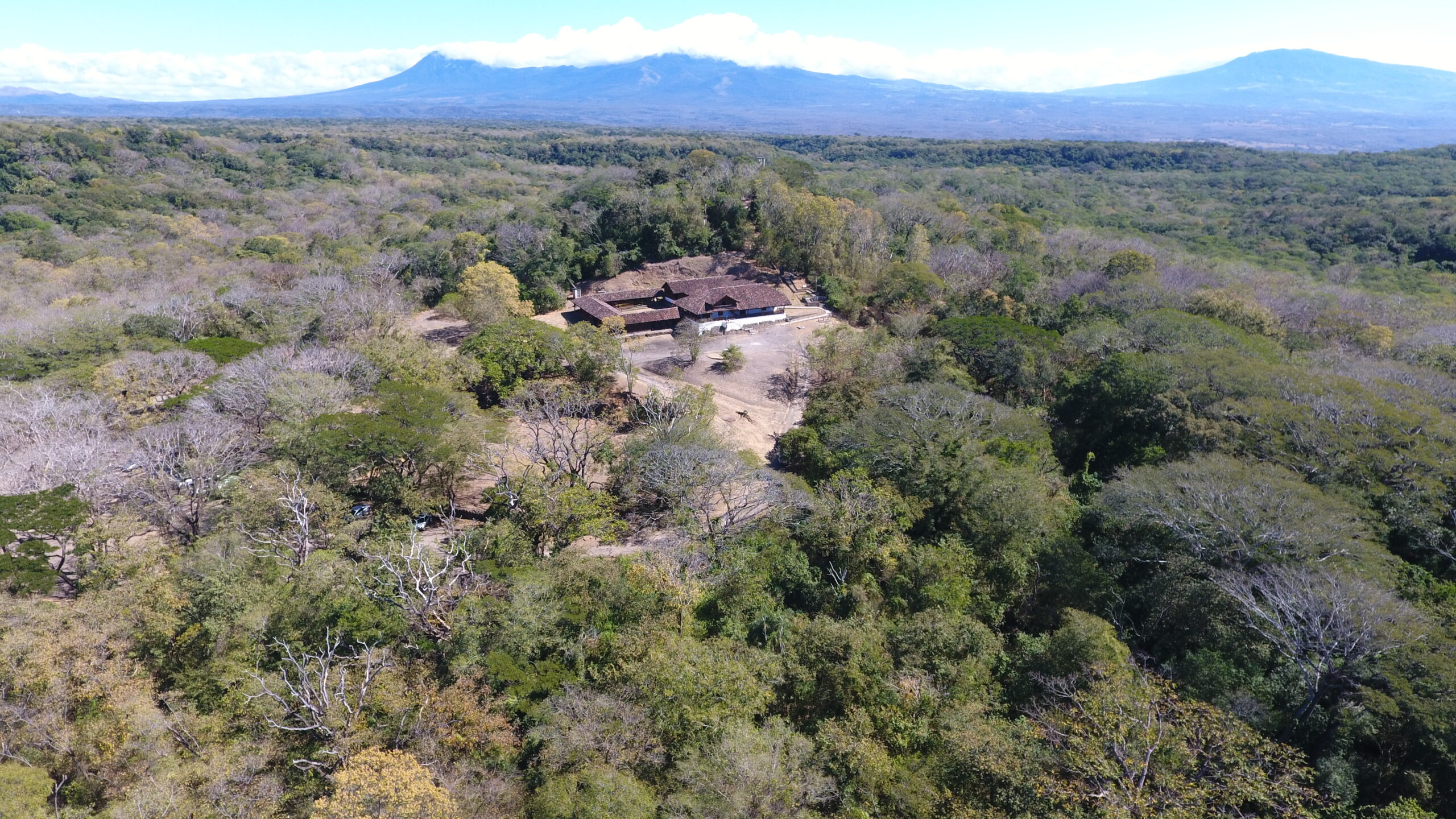
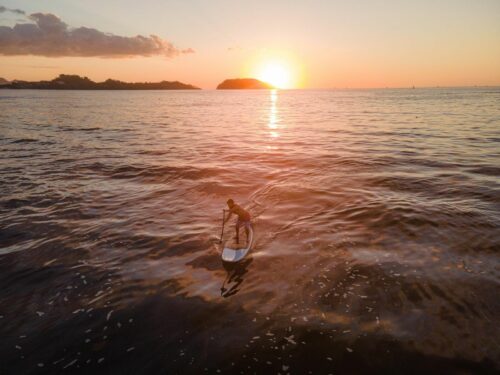

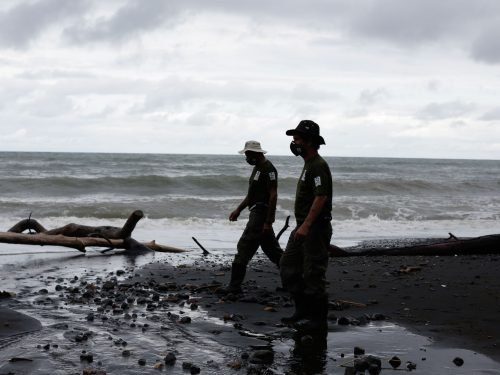

Comments